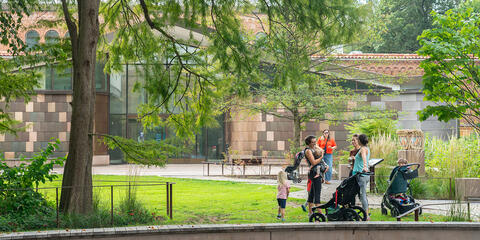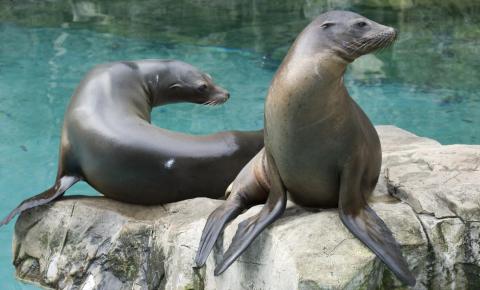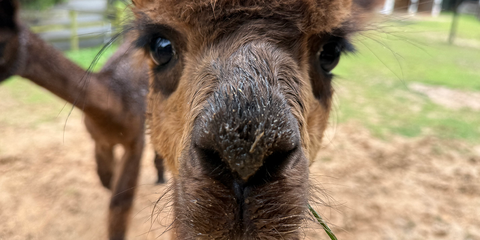Physical Description
Red-rumped agoutis have coarse, glossy fur that is typically greenish-brown in color. Their rumps are orange to red, and their undersides are orange-brown with a white stripe running down the center. Red-rumped agoutis have four toes on their front feet, but only three on their hind feet. Their ears are small and round.
Size
They weigh between 6.6 and 13 pounds (3 to 5.9 kilograms), and grow to between 19 and 25 inches (49 to 64 centimeter) long. Their tails are typically no longer than 2.4 inches in length (6 centimeters). Females are typically larger than males.
Native Habitat
Native to French Guiana, Guyana, Suriname, Trinidad and Tobago, as well as parts of Venezuela, Colombia and Brazil. They have been introduced to Grenada, the U.S. Virgin Islands and Dominica. Red-rumped agoutis prefer a forested environment, but can also inhabit thick brush, savannahs or agricultural areas near water.
Lifespan
This species can live upwards of 15 to 20 years in human care.
Communication
They communicate through a series of grunts, squeals and screams, as well as through posturing.
Food/Eating Habits
Red-rumped agoutis eat Brazil nuts. When food is abundant, agoutis will bury these nuts to dig up later when food becomes scarce. With this behavior, they are critically important to the dispersal of Brazil nut seeds. In addition to Brazil nuts, agoutis will consume other seeds, fruits, roots and leaves. If plant material is scarce, they will also eat insect larvae. They eat sitting up on their hind legs, holding food in their front limbs.
Red-rumped agoutis at the Smithsonian's National Zoo consume a diet of assorted fruits and vegetables, nuts, leafy greens, rodent pellets and insects.
Sleep Habits
Crepuscular animals, agoutis typically forage in the morning and eat in the evening.
Social Structure
Red-rumped agoutis typically live in small family groups comprised of a mating pair and their offspring. They are quick to retreat to a hiding place if threatened, and will sometimes travel and scavenge in pairs for extra security.
Reproduction and Development
Male red-rumped agoutis court their mates by spraying them with urine several times. They pair bond for life, and it is believed that breeding takes place year-round. Gestation lasts up to 120 days, with between one and four offspring in each litter. Young can see when they are born, and can move quickly enough to evade predators just one hour after birth.
Conservation Efforts
Red-rumped agoutis have a wide distribution and large population, and are found in protected areas in every country throughout their range. They are relatively tolerant to habitat modification.
Help this Species
- Share the story of this animal with others. Simply raising awareness about this species can contribute to its overall protection.



